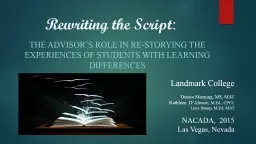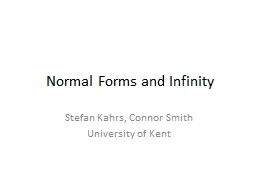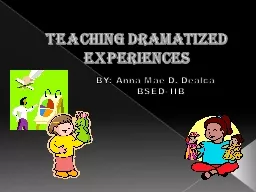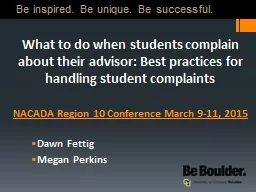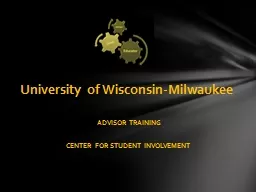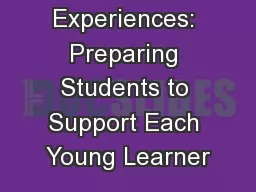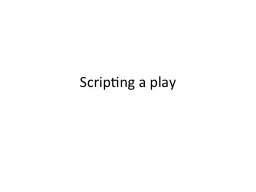PPT-Rewriting the Script : The Advisor’s Role in Re-storying the Experiences of Students
Author : celsa-spraggs | Published Date : 2018-02-24
Landmark College Denise Higgins MS MAT Kathleen DAlessio MEd CPCC Lucy Stamp MEd MAT NACADA 2015 Las Vegas Nevada Learning Outcomes Participants will Understand
Presentation Embed Code
Download Presentation
Download Presentation The PPT/PDF document "Rewriting the Script : The Advisor’s R..." is the property of its rightful owner. Permission is granted to download and print the materials on this website for personal, non-commercial use only, and to display it on your personal computer provided you do not modify the materials and that you retain all copyright notices contained in the materials. By downloading content from our website, you accept the terms of this agreement.
Rewriting the Script : The Advisor’s Role in Re-storying the Experiences of Students: Transcript
Download Rules Of Document
"Rewriting the Script : The Advisor’s Role in Re-storying the Experiences of Students"The content belongs to its owner. You may download and print it for personal use, without modification, and keep all copyright notices. By downloading, you agree to these terms.
Related Documents

